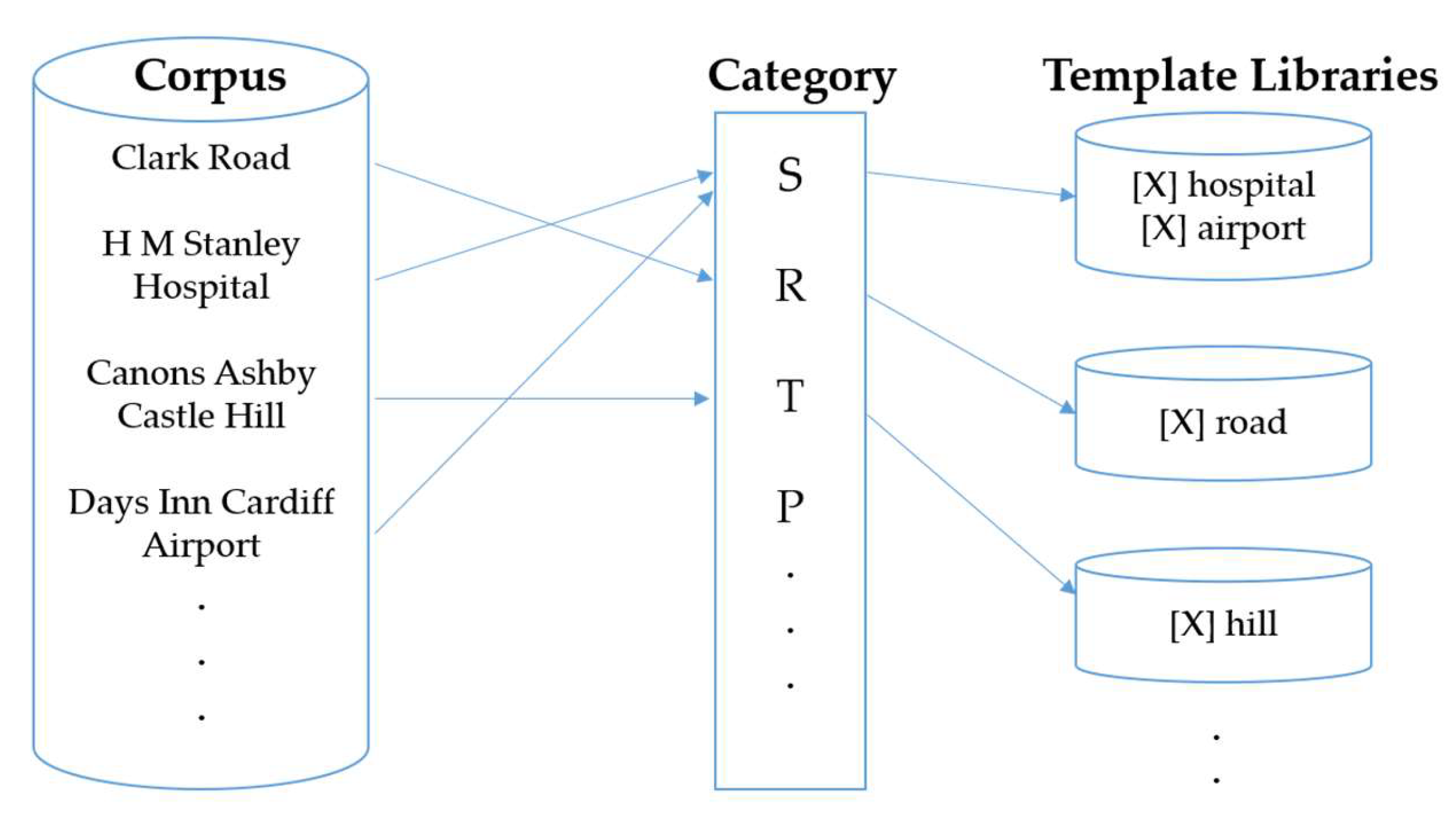
Step 3: In this step, you c alculate the 10 x. So, to calculate the antilog you need to use the base 10. Generally for numeric computations, the base is always assumed to be 10. Step 2: In this method, you’ll have to know the base. Follow the steps given below to calculate the antilog of a number using a simple calculator. How to take antilog in a calculator? This might be a question running in your head. So here, there have to be 3 numbers before the decimal point. In this case, we found out that the characteristic part is 2. According to Step 1, we find the characteristic part. Step 5: In this step, we add the decimal. Step 4: Add the values you found out in step 2 and step 3. 54 row and see what’s the corresponding value under the column 3. Step 3: Now move to the mean difference column. Find the row number that is equivalent to. Step 2: Using the antilog table, find the corresponding value of mantissa. In the above example, the characteristic part is 2 while the mantissa part is 5463. Step 1: The first thing to do is to separate the characteristic and the mantissa part. Method 1 : Calculating the antilog using Anti log tableįollow the steps given below to calculate the antilog of a number using the antilog table. There are two methods using which one can calculate the log to Antilog of a number:īefore we go ahead, here are a few things you need to know about the characteristic and the mantissa parts.Ĭharacteristics is the whole number while the mantissa is all the numbers after the decimal point. You might have a question: how to see antilog table? Read the article to understand it better. Let’s say a is the log of number b with base x. When you find the logarithm of a number, you follow a process, the inverse process is used to find the antilog of a number. In addition to that, antilogs have a wide range of applications in the field of maths.Īntilog is the shorter version of Anti-Logarithms. Understanding this concept will help you ease your problems. Here, you will be learning a new topic called antilogs. This is a Hercules as well as a time-consuming task. It can be square root or it can be the cube root of the number. What are you finding here? The root of a number. Now, let’s say you reverse this entire process. Again, if the same number is multiplied three times by itself, you would be finding the cube of the number.

You do this to find the square root of a number. Assume that you are multiplying a number twice.


 0 kommentar(er)
0 kommentar(er)
